Have you ever wondered why you resemble your biological parents?
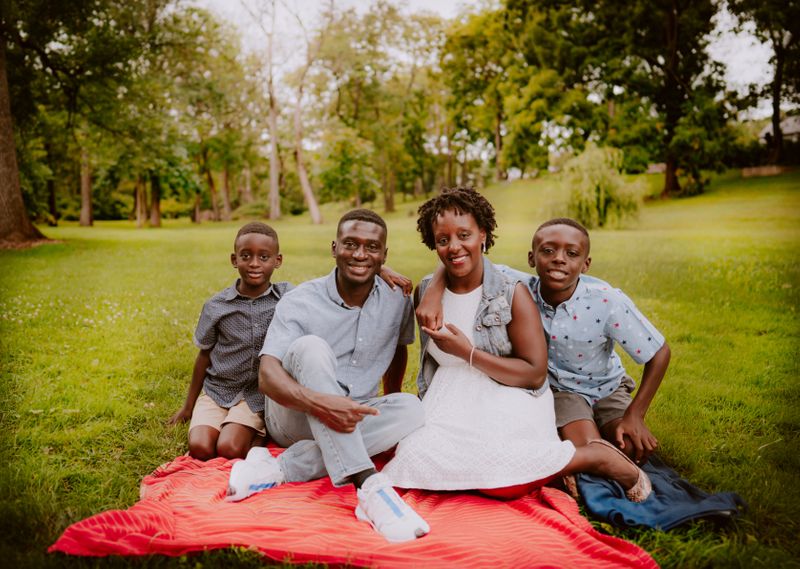 Photo by A n v e s h on Unsplash
Photo by A n v e s h on UnsplashIt's all due to genetics!
Learn how to use a Punnett Square to predict the genetic makeup and the observable traits in offspring when two individuals mate.
Basic terminology related to Punnett Squares
 Gene
Gene
A gene is the basic unit of heredity passed on from parents to a child. Genes are made up of DNA. Hair color is determined by your genes, for example.
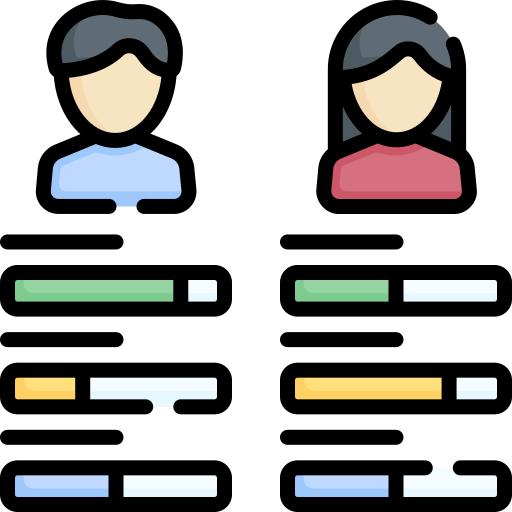
Genotypes and Phenotypes
Genotype refers to the genetic makeup — or set of genes — an organism has, while phenotype refers to the observable characteristics an organism gets from its genotype and environment.
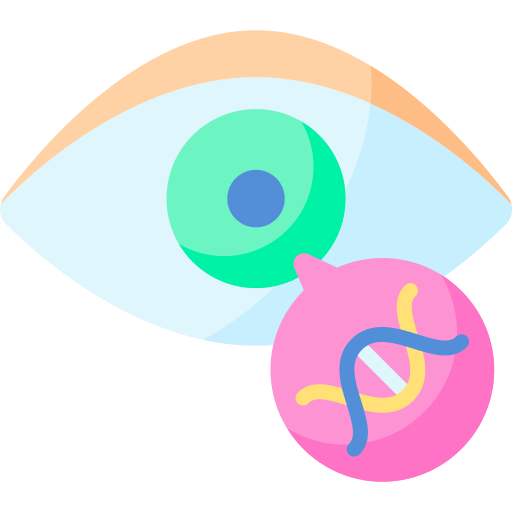 Allele
Allele
Different versions of a gene are called alleles. For example, different eye colors are due to different alleles of the same gene.
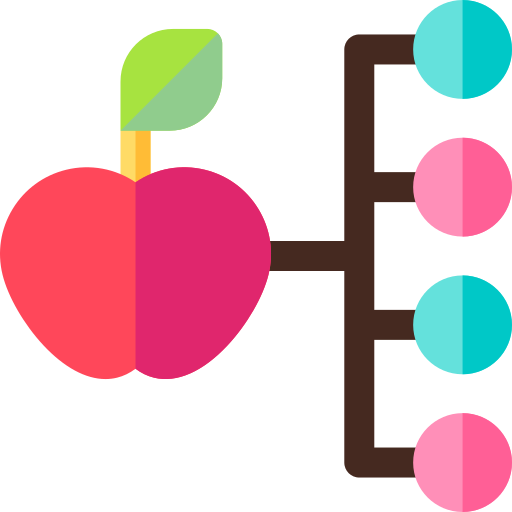 Trait
Trait
In biology, a trait is a characteristic of an individual that is physical or behavioral, like facial dimples.
 Dominant
Dominant
An allele is considered to be dominant when a trait appears.It's symbolized by an uppercase letter.

Recessive
An allele is considered to be recessive when the trait gets masked and doesn't appear. It's symbolized by a lowercase letter.

Homozygous and Heterozygous Alleles
When allele pairs are homozygous — or identical — they're represented by either RR or rr, depending on whether they're dominant or recessive alleles.
Heterozygous — or different — alleles are represented by Rr.
How to read a Punnet Square
A Punnett Square is a table that shows all possible genotypes of an offspring from a breeding event or "cross". In its simplest form, it's a 2 x 2 table with 4 sections or "quadrants".
The Punnet Square will help you predict the traits of offspring from a breeding event.
In the example below:
A heterozygous smooth pea pod plant (parent 1) is crossed with a homozygous wrinkled pea pod plant (parent 2)
There are 2 alleles for a pea pod — smooth and wrinkled. Let the seed texture be represented by the letter R
R represents the smooth (dominant) allele and r represents the wrinkled (recessive) allele
 Genotype of parent 1: Rr
Genotype of parent 1: RrGenotype of parent 2: rr
Cross (breeding event): Rr x rr
After setting the 2 x 2 table, write one of the parental genotypes on top and the other on the side, then carry letters through to their corresponding quadrants.
The possible genotypes of the above cross will be:
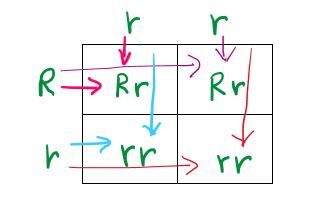
Let’s do the math to determine the probability of pea pod offspring being smooth or wrinkled:
Two quadrants have Rr representing 50% (2/4) of the offspring — heterozygous smooth
Two quadrants have rr representing 50% (2/4) of the offspring — homozygous wrinkled
The phenotypes (observable traits) of the offspring will likely be:
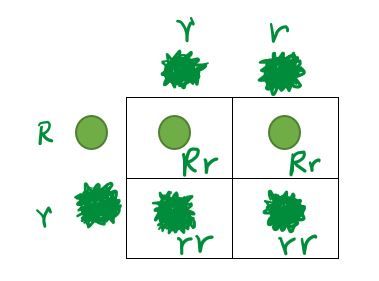 If this cross produced 40 seeds:
If this cross produced 40 seeds:
20 would likely be smooth pods
20 would likely be wrinkled pods

Create a Punnett Square
Draw a square and divide it into 4 quadrants
Write one of the parental genotypes on top and the other on the side
Carry the letters through to their corresponding quadrants
For each pair of alleles, the dominant is written first
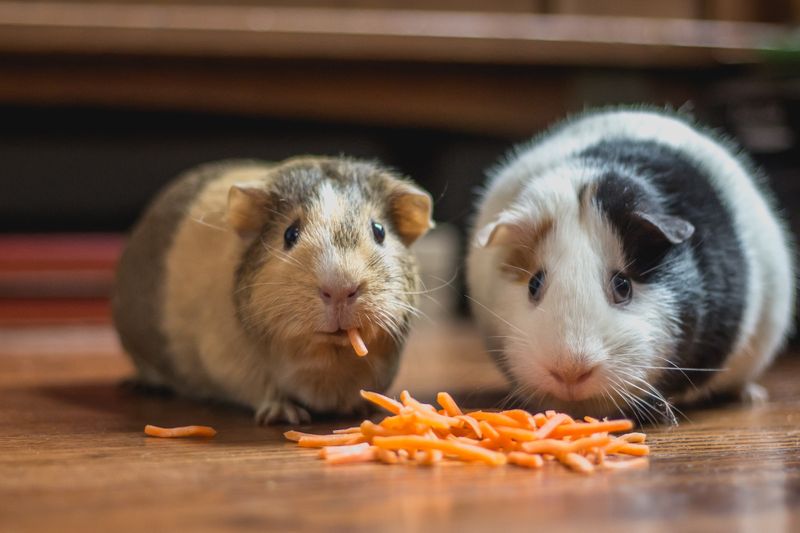 Photo by Bonnie Kittle on Unsplash
Photo by Bonnie Kittle on UnsplashIn guinea pigs, short hair (S) is dominant to long hair (s).
In this example, one guinea pig is Ss and one is ss.
To determine the probability of each type of offspring acquiring a particular phenotype:
Set up a Punnett Square with one parent on each side
Fill out the Punnett Square boxes
Determine the probability percentage of offspring for each type
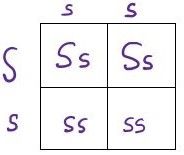
In this example:
50% of the offspring will likely be Ss (heterozygous) with a phenotype of short hair
50% of the offspring will likely be ss (homozygous) with a phenotype of long hair
Your turn now!

In humans, colorblindness (Xc) is an example of a sex-linked recessive trait. In this problem, a male (XcY) with colorblindness marries a female (XXc) who isn't colorblind but carries the (Xc) allele.
4 possible Punnett Squares of the given scenario are shown below. Which one is correct?
A
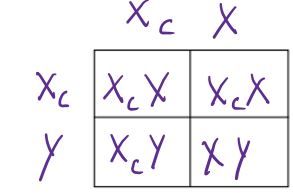
probability of male offspring with colorblindness = 50%
probability of female offspring being carriers of colorblindness = 100%
B
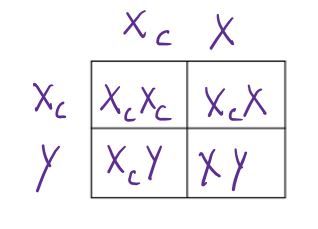
probability of male offspring with colorblindness = 50%
probability of female offspring with colorblindness = 50%
C
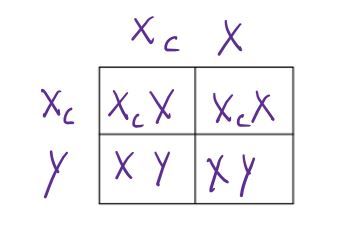
probability of male offspring with colorblindness = 0%
probability of female offspring with colorblindness = 0%
D

probability of male offspring with colorblindness = 50%
probability of female offspring with colorblindness = 0%
Quiz
Which Punnett square shows the correct genotype and phenotype probabilities for their potential offspring?
Take Action
 Photo by Brett Jordan on Unsplash
Photo by Brett Jordan on UnsplashAre you ready to create Punnett Squares on given scenarios and predict the genotypes and phenotypes?
Your feedback matters to us.
This Byte helped me better understand the topic.
